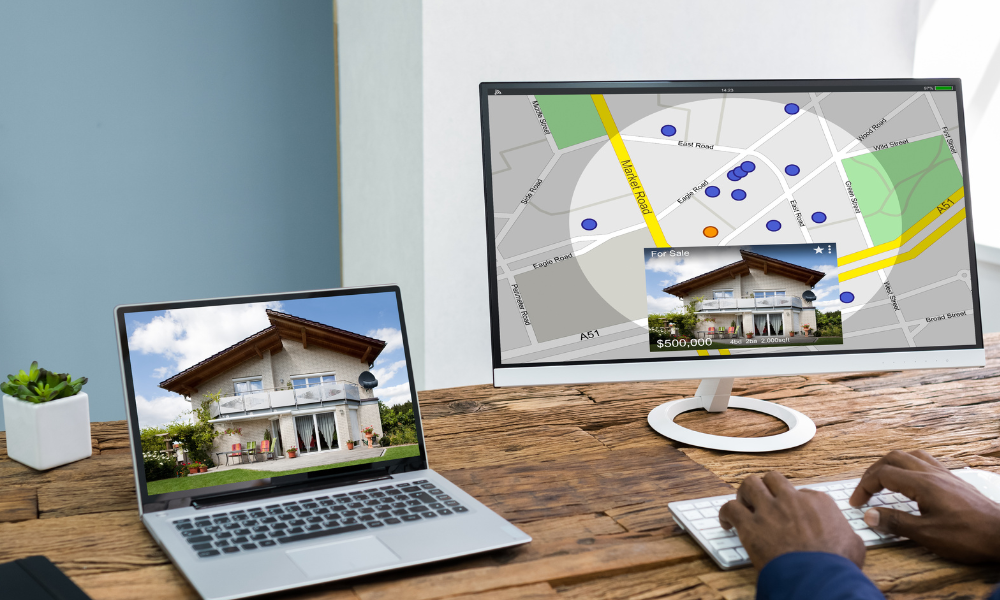The Short Answer
As a rental real estate investor who is new to the strategy, there are some key decisions to be made at the outset which may impact the success of the strategy. One of these decisions is the choice between providing a furnished or unfurnished rental property to tenants.
There are some major pros and cons to each, that could be the deciding factor for investors. The choice ultimately depends on your investment strategy, target market, and personal preferences.
Pros of furnished rental properties: A higher rental income can be set, as well as a higher security deposit to cover any potential damage to the property and furnishings. Along with this, the tenant pool is a niche area but there is often a higher demand in this area.
Cons of furnished rental properties: A higher initial investment is required, to purchase the property as well as the furnishings. There is a higher potential for loss or damage, and there is limited flexibility for tenants who may already have some furniture.
Pros of unfurnished rental properties: There are lower maintenance costs and efforts required, the upfront investment is lower, and tenants can customize the home which is an attractive option for many.
Cons of unfurnished rental properties: The home may have higher vacancy periods, there is a limited tenant pool as some tenants may require some furnishings, and the property may not earn as much income because unfurnished properties cannot charge as much rent.
Skip To
Definition of Furnished
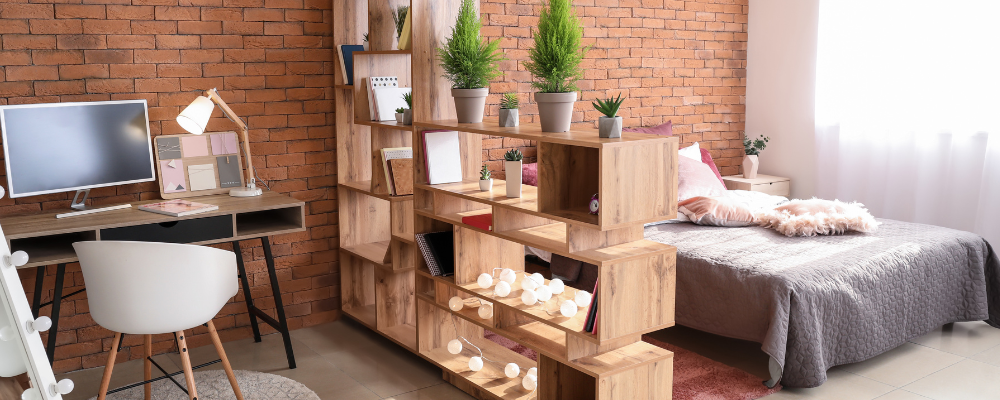
A furnished apartment refers to a rental property which has been equipped with furniture (such as beds, coffee tables, couches, dining room table and chairs), appliances (like fridge, microwave, and more), and other household items (such as kitchenware, linens, and electronics).
These items are provided by the owner of the property for the duration of the lease agreement. A furnished apartment allows tenants to move in with their personal belongings and not much else is required.
Definition of Unfurnished
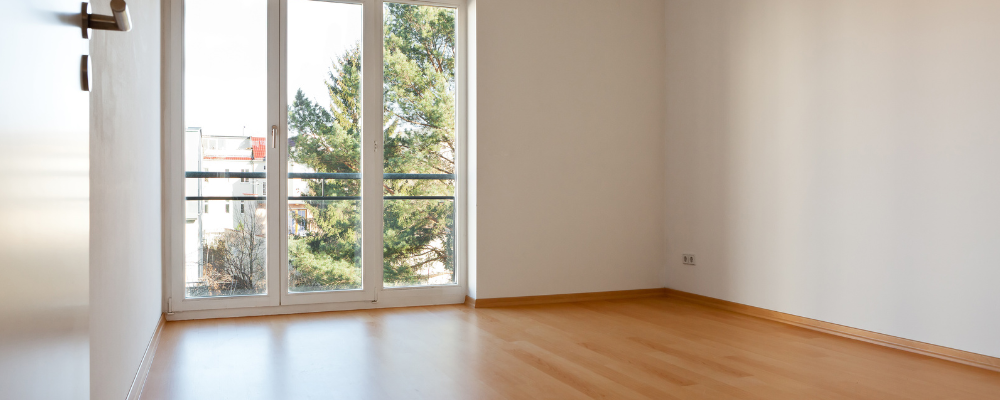
An unfurnished rental property is quite simply one without any furniture or appliances. There are basic fixtures provided in the property, such as lighting, plumbing, and kitchen cabinetry, however tenants are responsible for the rest of the furnishings to make the living space comfortable. In this case, tenants will need to bring these items with them and keep them in the property for the duration of the lease, and then take them out when they move out.
Pros of Furnished Rental Properties
For real estate investors who are deciding between furnished vs unfurnished apartment options, providing a furnished rental property has some major benefits. These include:
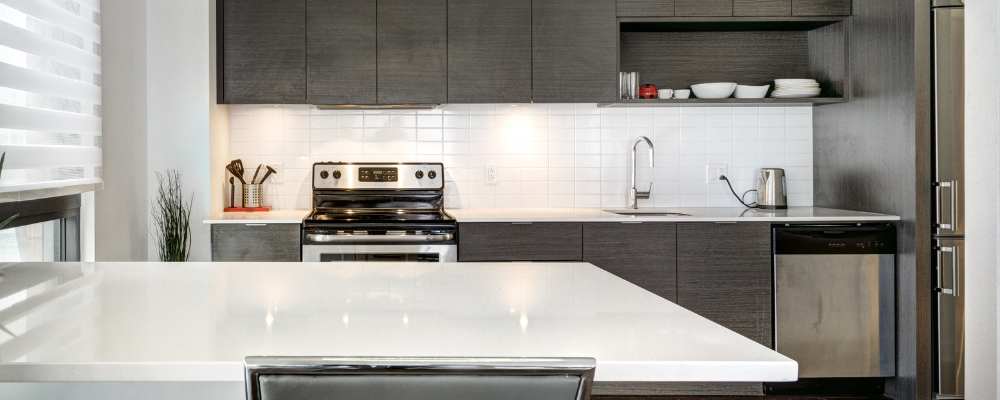
Higher rental income
By providing a rental property with the furnishings that are required to live comfortably already (in other words a fully furnished apartment), a higher rental income can be charged. Tenants are willing to pay a premium for the convenience of having furniture and appliances provided.
Landlords can also charge a higher rental price as the items provided in the property will require maintenance and replacing on a routine basis. In some cases, landlords may be able to charge 20% to 40% more rent for furnished properties.
Higher security deposit
The landlords or owners of rental properties that are fully furnished can charge a higher deposit amount. This is to cover any damage to the furnishings of the property, as well as the property itself. Landlords should look at the local security deposit regulations to make sure that they’re complying with any security deposit limits.
Attract a specific tenant pool
Fully furnished rental properties will attract a specific type of tenant. These tenants could be younger, renting their first home and therefore don’t have all the furnishings they need yet. This includes young families, young professionals, and students. Another niche for furnished properties would be business professionals who are on business trips and not taking a long-term lease.
Due to the fact that fully furnished rentals appeal to a niche group of tenants, the demand is high and therefore the number of vacancies is lower. This is a big plus for landlords and investors, as this means that they can find tenants easier and are likely to have shorter vacancy periods.
Cons of Furnished Rental Properties
Along with the benefits, there are some disadvantages that come as a result of providing furnished rental properties. These include:
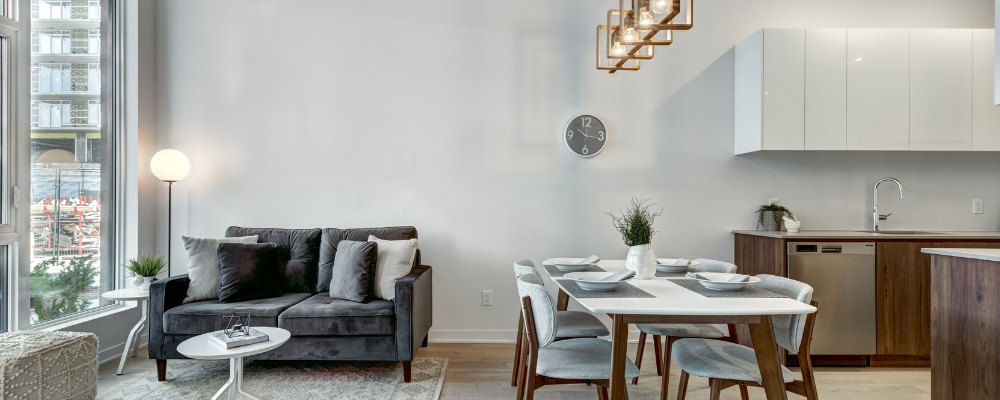
Higher initial investment
Purchasing all the required furnishings for the property leads to a larger upfront cost for investors. The initial purchases include furniture, appliances and décor. From there, these will need to be maintained over time. This is an ongoing cost to be factored in with the initial extra investment.
Higher potential for damage or loss
Adding furnishings to a property means that there are more items in the house that can be damaged or lost, which will be an extra cost to the landlord or owner. It’s important for landlords to conduct regular inspections and charge a security deposit that will mitigate the cost of these potential damages and losses.
Limited flexibility for tenants
Offering furnished apartments for rent means that tenants have limited options. For tenants who may have some of their own furniture, it would either require the landlord finding storage for what they have already put in the furnished apartment, or the tenant finding storage for their own furniture.
Either way, this can drive some tenants away, or lead to some extra costs for landlords. It can also lead to tenants wanting shorter leases, in which case landlords will have a higher turnover of tenants.
Pros of Unfurnished Rental Properties
Landlords who choose to offer a rental property that is unfurnished, such as an unfurnished apartment, can also experience several benefits from this strategy.

Lower upfront investment
An unfurnished apartment will not have any furniture or appliances aside from fixtures and lighting, plumbing, and kitchen cabinetry. This means that landlords or owners don’t need to spend any money on furnishing the property, and therefore have a lower initial capital outlay. Money will not need to be spent on anything more than the property purchase and any repairs that need to be done at the outset, to ensure that the property is occupiable.
Customization for tenants
Unfurnished properties give tenants the freedom to furnish and decorate the space according to their personal taste and needs, potentially making them feel more at home. For tenants, this is a drawcard, so that they can make the unfurnished apartment feel like their own.
Lower maintenance costs and efforts
An unfurnished apartment will have no furnishings, which means that there is less maintenance required. Furnishings that don’t belong to the owner won’t require maintenance or repairs, and this lowers the overall maintenance cost and effort for landlords or owners. The usual property maintenance will be required, but nothing over and above this.
Cons of Unfurnished Rental Properties
When deciding between furnished vs unfurnished rentals, it’s important to consider the drawbacks that come with unfurnished apartment rentals as well.
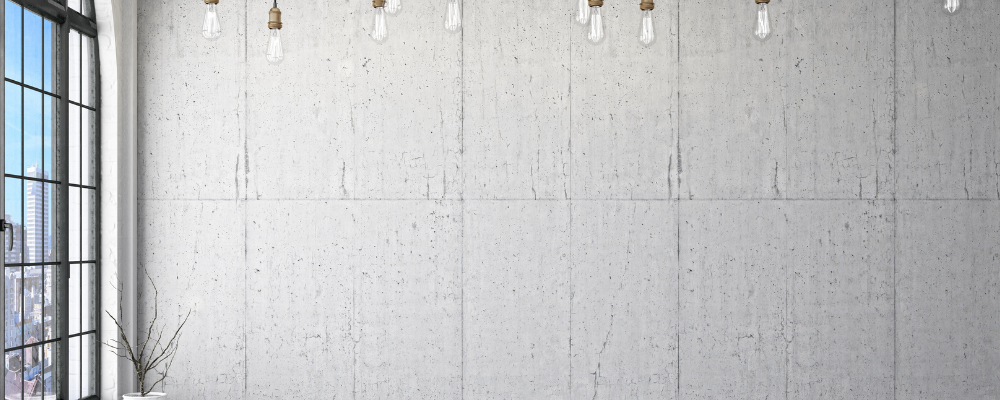
Lower potential income
The first drawback that comes with renting out an unfurnished apartment is that the rent cannot be as high as if it were furnished. Tenants are expected to bring their own furniture, and in some cases appliances, which means that landlords will have to charge a rent comparable to other unfurnished properties in the area. Typically, this rental amount will be lower than furnished apartments, where the rent is higher to account for the furniture and appliances being provided.
Limited tenant pool
An unfurnished apartment is useful for tenants who already have their own furniture however this option cuts out other tenants who may not have their own furniture. The likes of students, business professionals who are travelling, or temporary residents, are then excluded from the tenant pool as an unfurnished apartment won’t suit them.
Higher vacancy periods
Unfurnished properties exclusively appeal to tenants who already have their own furniture, which cuts out a large section of the market. As such, unfurnished properties can experience longer or more frequent vacancy periods, as the landlords or owners may find it a little more difficult to find the right tenants. Short-term renters, for example, will not be able to rent this type of property.
Which Option Makes Sense For You?
The choice between renting out a furnished vs unfurnished apartment is one that hinges on the target market, investment strategy and personal goals of the investor. The target market will guide the decision-making process as furnished apartments often lend themselves to a very niche market. If this market isn’t generally what the investor is aiming for, then a furnished apartment may be the better option.
When choosing between furnished and unfurnished rentals, it’s essential to analyze the local rental market, consider the potential return on investment, and evaluate your ability to manage and maintain furnished properties before making a decision.
FAQ
Unfortunately, there is no definitive answer to whether a furnished vs unfurnished apartment is more profitable. Each property’s profitability depends on the local rental rates, vacancy rates, target market and their preferences, expenses, and tenant turnover. A fully furnished apartment can be more profitable in certain markets, and in others an unfurnished apartment may be more profitable.
For example, for an area where short-term rentals are more popular, having a furnished property can be more profitable as this can be rented out to short-term tenants. The higher demand for short-term rentals will mean that the property should experience higher occupancy rates and attract the right type of tenants. This in turn can lead to a higher level of profitability.
Furnished properties often have lower vacancy rates compared to unfurnished properties due to their appeal to specific tenant markets. However, it’s important to note that vacancy rates can vary based on several factors, including location, property type, rental market conditions, and the specific target tenant demographic. The decision between furnished and unfurnished rentals should therefore be considered carefully, according to these factors.
When it comes to furnished vs unfurnished apartment options, there is another option to consider. A semi furnished apartment is one that includes permanent fixtures, and some essential furnishings and appliances, but isn’t a fully furnished apartment. A semi furnished apartment may come with basic furniture such as beds, chairs and a couch, as well as necessary appliances such as a refrigerator, stove and possibly a washing machine.
